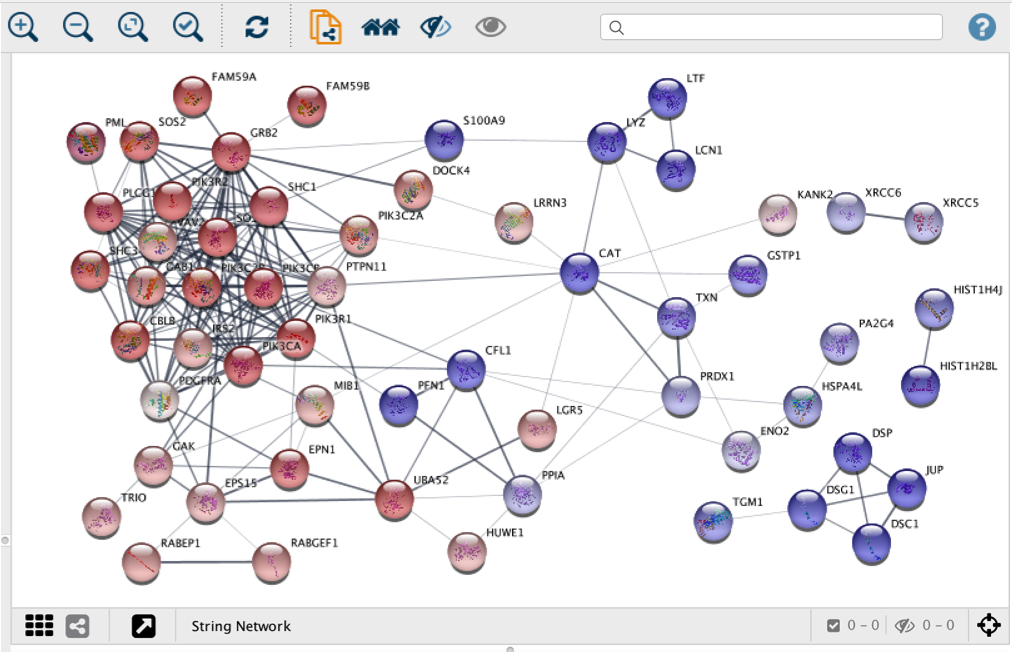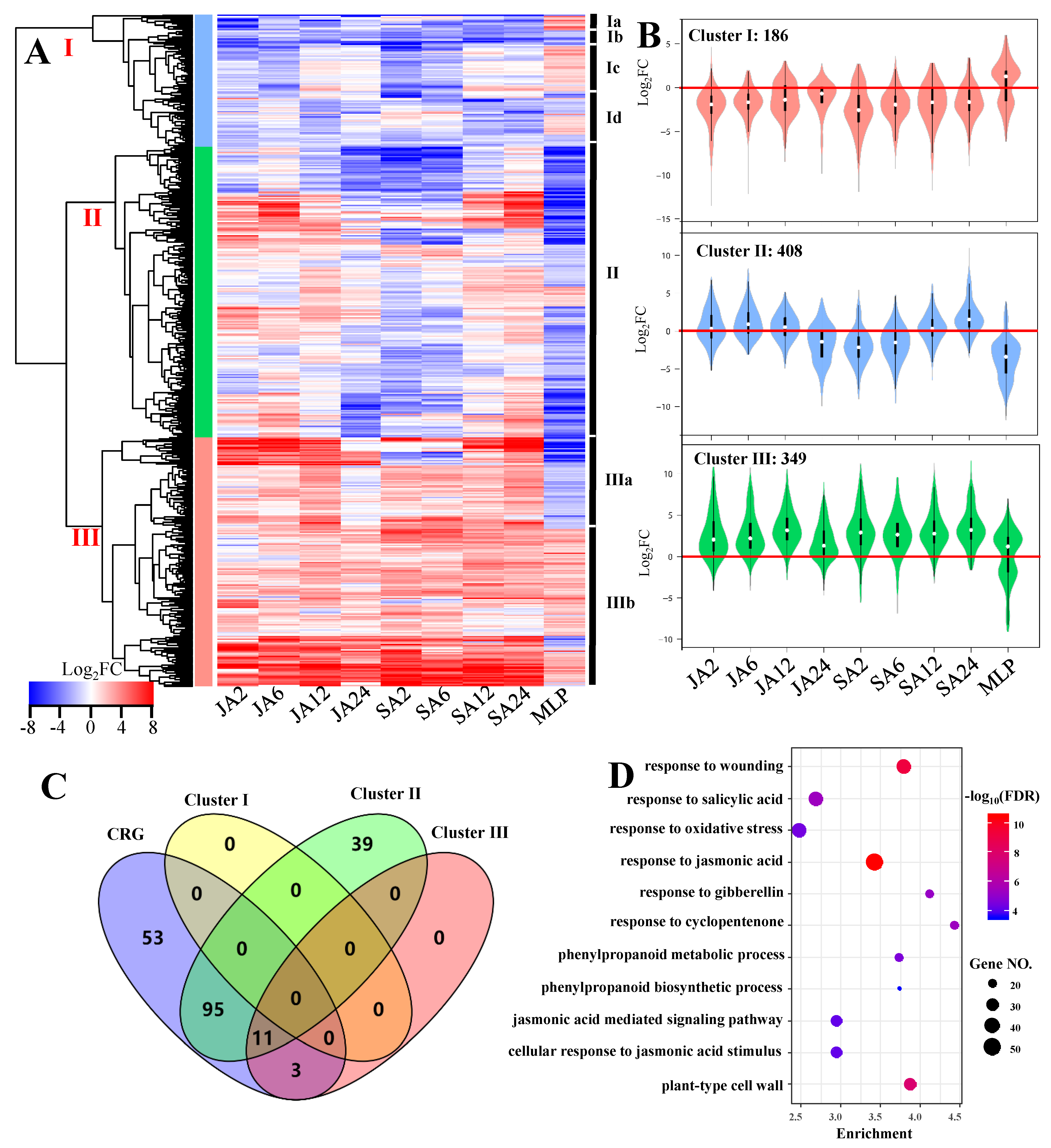
Poppunk_visualise - ref - db listeria - cytoscape Graph - tools OpenMP parallelisation enabled : with 1 threads PopPUNK : visualise Loading BGMM 2 D Gaussian model Writing cytoscape output Network loaded : 128 samples Parsed data, now writing to CSV Done You can re-run the t-SNE using the poppunk_tsneĬommand, providing the distances from the previous run: Structure cannot clearly be seen ( data):ģ0 is a good default, but you may wish to try other values, particularly with With a lower perplexity of 5, the clustering is too loose, and the strain The accessory genome content, condordant with the core genome structure ( data): In the Fitting new models example, a perplexity of 30 gives clear clustering of There is a good discussion of the effect of perplexity hereĪnd the sklearn documentation shows some examples of the effect of changing However we would recommend trying a few values to getĪ good embedding for the accessory distances. Robust to changes in the perplexity parameter (set with -perplexity whenĬreating microreact output with -microreact), Has, and is a trade-off between local and global structure. The perplexity sets a guess about the number of close neighbours each point Will visually appear in clusters together. In t-SNE an embedding of the accessory genome distances is found which Setting the perplexity parameter for t-SNE ¶ To avoid these, rerun your query with -update-db.

-info-csv – similar to the above, but a CSV which is simply (inner-)joined to the output on sample name.-external-clustering – other cluster names to map to strains (such as MLST, serotype etc),Īs described in model fitting and query assignment.-include-files – give a file with a subset of names to be included in the visualisation.model - dir example_lineages - query - db example_lineage_query \ Poppunk_visualise - distances example_query / example_query.

Cytoscape – a network visualisation tool, which can be used to create, view and manipulate a layout of the graph.Īt least one of these output types must be specified as a flag.Phandango – visualisation linking genomes and phylogenies.GrapeTree – a tool to visualise strains (designed for cgMLST).Microreact – a genomic epidemiology visualisation tool, displaying clusters, phylogeny and accessory clustering.Output where you have assigned queries using an existing database ( Query assignment), youĬan create outputs for external interactive visualisation tools:
#Cytoscape assign colors to different clusters full
Starting with either a full database where you have fitted a model ( Fitting new models), or With different outputs and settings without rerunning the other parts of the code. To reinforce our commitment to UK spellings, and so that you can rerun visualisations We have moved visualisation tools into their own program poppunk_visualise, both Setting the perplexity parameter for t-SNE.


 0 kommentar(er)
0 kommentar(er)
